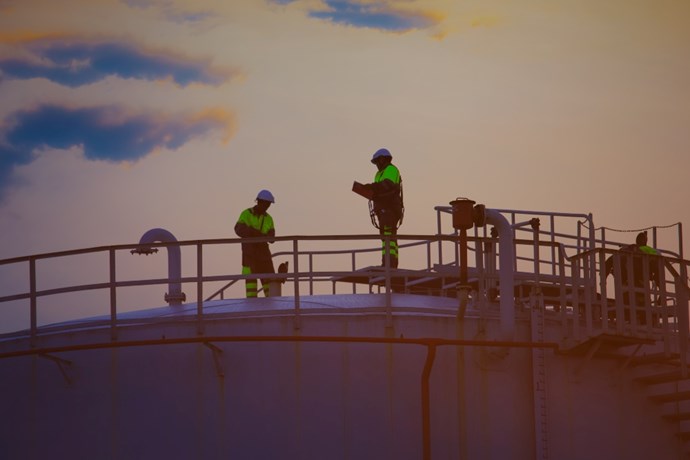P2X
Renewable energy is strongly developing in many directions. Substantial growth is seen in both Wind and Solar power, however electricity production alone is not enough to decarbonize the future. In order to do so we also need to change the transportation sector where (bio)diesel is still the go-to fuel. Electric vehicles are a short-haul solution, but for long-haul, heavy transportation, aviation and shipping, other solutions need to be found.
Next to transportation, the decarbonization of industries where the use of electricity is not an option, needs to be supported. A number of solutions are being researched including, among others hydrogen, e-methane, e-methanol and e-ammonia.
Power-to-X
P2X (Power-to-X) stands for the transformation of electricity into any given fuel. This is process is a combination of electrolysis (H2), carbon capture (CO2) and synthesizing of the required fuel. The synthesis process is done, depending on the process, at relatively low temperatures (200C-300C) and at moderate pressure (10-40BAR). This means that all components of the installation are subject to the Pressure Equipment Directive. After the synthesis process the produced e-Fuel can be used, stored and transported. However this may also require specific measures.
Solutions and their challenges
All solutions have their own challenges. Hydrogen for instance needs to be transported under pressure and/or at low temperatures and it is a highly volatile molecule. This requires specialty materials and this could bring a high cost for large distribution networks, either through pipes or using transportable pressure vessels.
e-Methane (CH4) and e-methanol (CH3OH) require a lot of electricity, heat, H2 and CO2 to produce. Both are a good solution, but methanol being a liquid is easier to transport and store than a gaseous fuel. Same goes for e-ammonia (NH3), however here there is also a toxic aspect (corrosive compressed/cooled gas) which needs to be considered. This makes ammonia many times more complex and dangerous to store in large quantities.
Storing methanol in large quantities requires specialty storage solutions. Usually this is done in large flat-bottom tanks with internal floating roofs and a dome roof. Storing ammonia requires much stronger insulation (storage temperature of -33°C) and is therefore done in a double walled tank, where the secondary containment is either steel or concrete.

How can Kiwa help?
As it looks now e-Methane and e-Methanol will be the go-to renewable energy to hydrogen to e-fuel solutions for the hard-to-abate and the long-distance transport sectors. Kiwa has a long history in the petro-chemical industry, including, among others design review and approval, initial inspection, non-destructive testing of construction materials and periodical assessments. We have experience in the entire process, from energy production to fuel production to storage to fueling your vehicles.
Let us help you turn your renewable energy into the e-fuels of the future!
Global services in the field of P2X
-
EEMUA 159 – Inspection, maintenance and repair of above ground flat bottomed storage tanks.Show
-
Kiwa offers an assessment of pressure equipment manufactured for the European market according to PED 2014/68/EU.Show
-
EN 14015 – Inspection and assessment of design and manufacturing of site built, vertical, cylindrical, flat-bottomed, above ground, welded, steel tanks.Show
-
Check if quality demands are being met with non-destructive testing. Or use NDT testing as part of in-service inspections or preventive maintenance to quantify the status of critical components and equipment.Show
-
Kiwa offers manufacturers of components for automotive vehicles using compressed natural gas (CNG) testing and certification services of automotive components for LPG, CNG, LNG and hydrogen sectors, as well as electromagnetic compatibility and several climatic tests.Show
